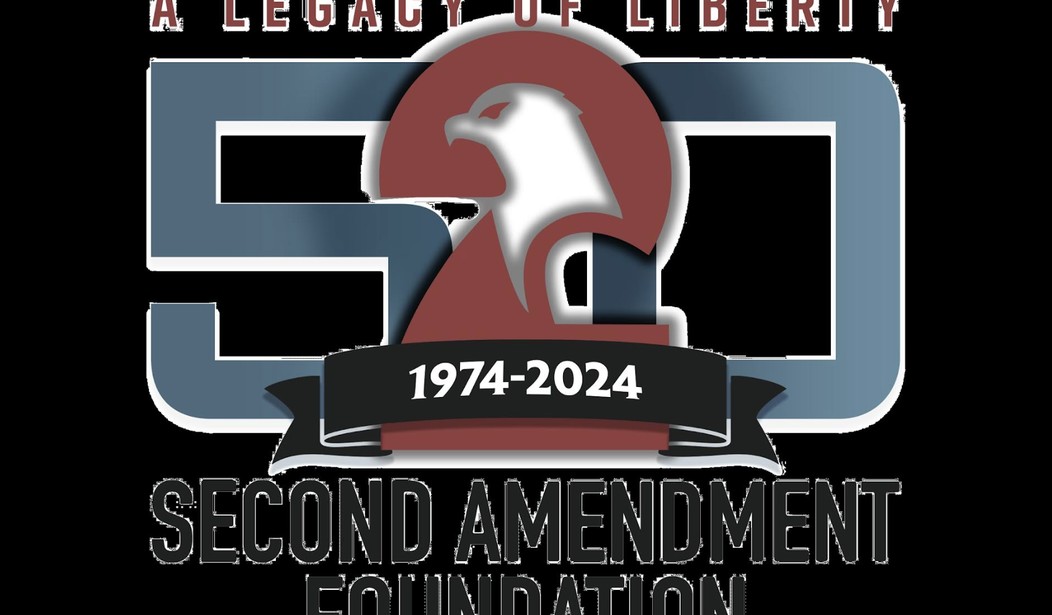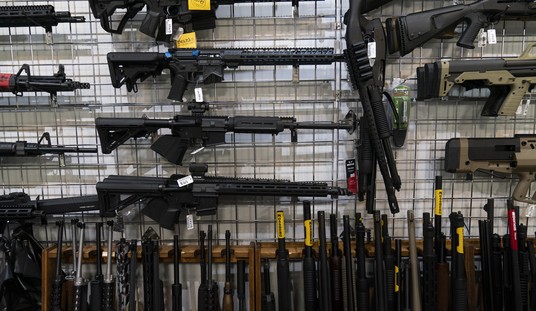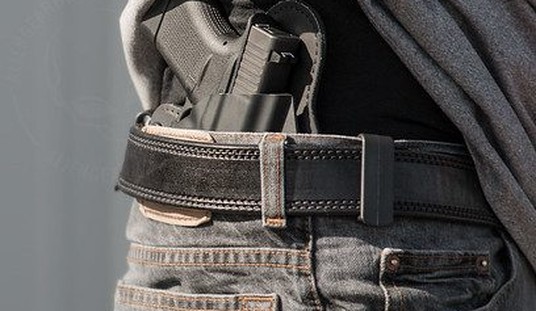This is the second part of a five-part series celebrating 50 years of the Second Amendment Foundation. SAF has been a pivotal force in and played a much-needed role in the preservation of civil liberties in the United States.
My previous piece on the foundation focused on its inception, the early years, and SAF’s impact on gun policy, “Part 1: Second Amendment Foundation 50 Years - Inception.” This second part will be putting Alan Merrill Gottlieb, the founder of the organization and current executive vice president, in the spotlight. Gottlieb was kind enough to sit down and chat with me one morning in April, so that we could discuss all things SAF-related for this series.
Alan Gottlieb was born in Los Angeles in 1947. While Gottlieb was born on the left coast, he notes that he grew up in Queens, New York. In chatting with him, Gottlieb told me that growing up in New York did not have an effect on his political leanings. I chided him that he hit all the “high notes” in the country, having been from both California and New York. “Well, I’m not sure about that,” Gottlieb said with a coy smirk.
In one interview, Gottlieb noted, “I grew up in New York City where nobody can even get to learn how to shoot or have a gun. My first time I had a firearm really was in the army. And I went to school at the University of Tennessee in Knoxville and guns are pretty prevalent in Tennessee.”
Gottlieb told me that he started to engage a little in politics when attending high school, “I got influenced a lot by Bill Buckley and Barry Goldwater.” Gottlieb continued, “And so what happened was ‘individual rights,’ ‘individual freedom’, ‘less government protrusion in your life,’ sort of got into my blood.”
In college, Gottlieb said he got involved in a group called Young Americans for Freedom. His involvement with the group would eventually shape his future and in turn, positively affect the regaining of Second Amendment rights across the country.
Gottlieb attended college at the University of Tennessee. I joked with Gottlieb that he studied “big arms,” because his degree is in Nuclear Engineering. His engineering background is something that he credits for his success as an activist, “The great part about the discipline was that while I don't practice nuclear engineering at this point, obviously, it was a great education experience in critical thinking and problem-solving...and I think I've carried that over into the gun rights movement.”
Nuclear Engineering is not where Gottlieb’s education ended, he noted that he “attended the Institute of Comparative Political and Economic Systems at Georgetown University.” Gottlieb further said, ”And so that gave me my economic and political philosophy background, to go along with my big arms.”
What else made Gottlieb tick? What kind of guy was he while he was in college? I asked Gottlieb about what kind of electives he took to better understand where else his interests were. He noted that political science was where he was most interested and that he got heavily involved in journalism.
I wrote for the school newspaper, [and] almost became editor of the University of Tennessee's student paper, “The Daily Beacon.” So, I was very engaged in politics on campus and in journalism. I also, while I was in college, I wrote for a bunch of papers all across the state of Tennessee, in “Knoxville Journal,” “Memphis Commercial Appeal,” “National Banner,” as the university correspondent for those newspapers.
After graduating from the University of Tennessee, Gottlieb said that he did work on the staff for Congressman John Duncan.
Gottlieb’s days with the Young Americans for Freedom brought him out west to Washington State, where he was tasked with running a 13-state regional office. “They had a thing called the Student Committee for the Right to Keep and Bear Arms and I got them to change the name to the Citizens Committee for the Right to Keep and Bear Arms,” Gottlieb told me. “It got bigger than Young Americans for Freedom, and they decided that I should take it and run it and make it independent.”
CCRKBA was formulated into what it’s known as today in 1972 as a 501(c)(4). “Two years later, in 1974, I founded the Second Amendment Foundation,” Gottlieb said. “Because the gun rights movement had no 501(c)(3) educational legal defense fund defending gun rights at that point.”
From there, Gottlieb charted a course with the objective of getting a major gun rights-related case to the U.S. Supreme Court. In part one of this series, Gottlieb’s connection to the Heller case and subsequent filing of the McDonald case was brought up and fully explored. It was his keen attention to the planning and executing of a multi-front effort to establish an atmosphere where those two cases could flourish.
Gottlieb and the organizations that he built with his teams have gone on to accomplish so much in the 50-year history of the Second Amendment Foundation.
I asked Gottlieb to be a little retrospective and tell me what would young Alan say to current-day Alan about what he’s managed to accomplish.
Well, back then it was a pipe dream to get to where we are. And we accomplished the dream, and quite frankly, I’m a little shocked myself that we have been as effective as we've had. It's been quite a train ride for 50 years. And our track record is, it's been amazing.
I owe this to a lot of other people. I mean, we have a great board of directors, we have great supporters, members and donors, and a lot of people in the media that helped promote what we've done.
It's been amazing, I could never guess we'd be successful. However, now that we've reached this plateau, so to speak, we're gonna go a lot further. And we've had a lot of new people on staff. I can say that there's a legacy that I can leave behind, and other people can take it, run with it. I'm really proud of that legacy. I'm really proud of all the new people who track it, on our staff and on our board.
It really is one heck of a legacy that Gottlieb has created. We had a chance to hear from some of the “new people on staff” that Gottlieb mentioned, in part one of this series. We’re going to hear from them some more too. Be sure to read next week’s article, “Part 3: Second Amendment Foundation 50 Years - The Present,” which is slated for publication on August 12th, 2024.
The Second Amendment Foundation is celebrating its 50th anniversary all year. But, they’re really showcasing and coming together at their annual Gun Rights Policy Conference. This year’s GRPC is being held in San Diego, Calif. September 27th through the 29th. For more information about the upcoming GRPC, head over to saf.org/grpc/, hope to see you there!
If you’d like to check out the video that was posted last week covering the inception and founding of the Second Amendment Foundation, you can do so HERE, or in the embed below.







Join the conversation as a VIP Member